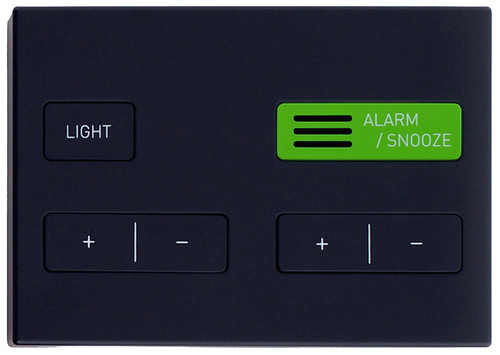2 minutes estimated reading time
Great design comes from problems, the jet lag alarm clock solved a problem for me. One of the things I most dislike about staying in a new hotel room is confronting the alarm clock by the bed and trying to work out how to set it. I usually manage to do this, but not without an uncomfortable moment of doubt, put jet lag on top of this experience and it becomes a minor trauma. I must admit I have given up on a clock radio that was in a boutique hotel in San Francisco a few years ago.
For most people the alternatives are:
- Doing some fancy math to set their mobile phone or Blackberry alarm, they don’t want to change the time on their handset as that would put their calendar function out of whack
- Getting a wake-up call from reception, which can be a bit of a chore in itself, particularly if you have to organise it via the interactive TV display in your hotel room
- Bring your own alarm clock with you. Usually in these consumerist times you have an all-singing all dancing home alarm clock (mine is a Sony cube radio with dodgy reception for anything but my local pirate station and the long wave service of BBC radio 4) and a simplistic travel alarm clock (mine is a battered vintage Braun travel alarm clock)
The last option is why travel alarm clocks have an enduring appeal. The challenge is that in order to design an alarm clock for a jetlagged mind you actually need great user interface and product design. Sam Hecht and the Industrial Facility design team have managed to do just that with the Jetlag alarm clock.
It has two displays, so you can instantly see what the alarm time is set to, as well as the current time. And a control panel at the top of the alarm clock that needs no explanation, just play and you will get the hang of it straight away.
Whilst I am still a fan of my Dieter Rams-designed battle scarred Braun alarm clock, if I was in the market for a new travel companion the Jet lag alarm clock would be on my shopping list. It can be purchased from Retail Facility and is cheaper than purchasing one of Braun’s discontinued range of alarm clocks from eBay. More design related content here.

